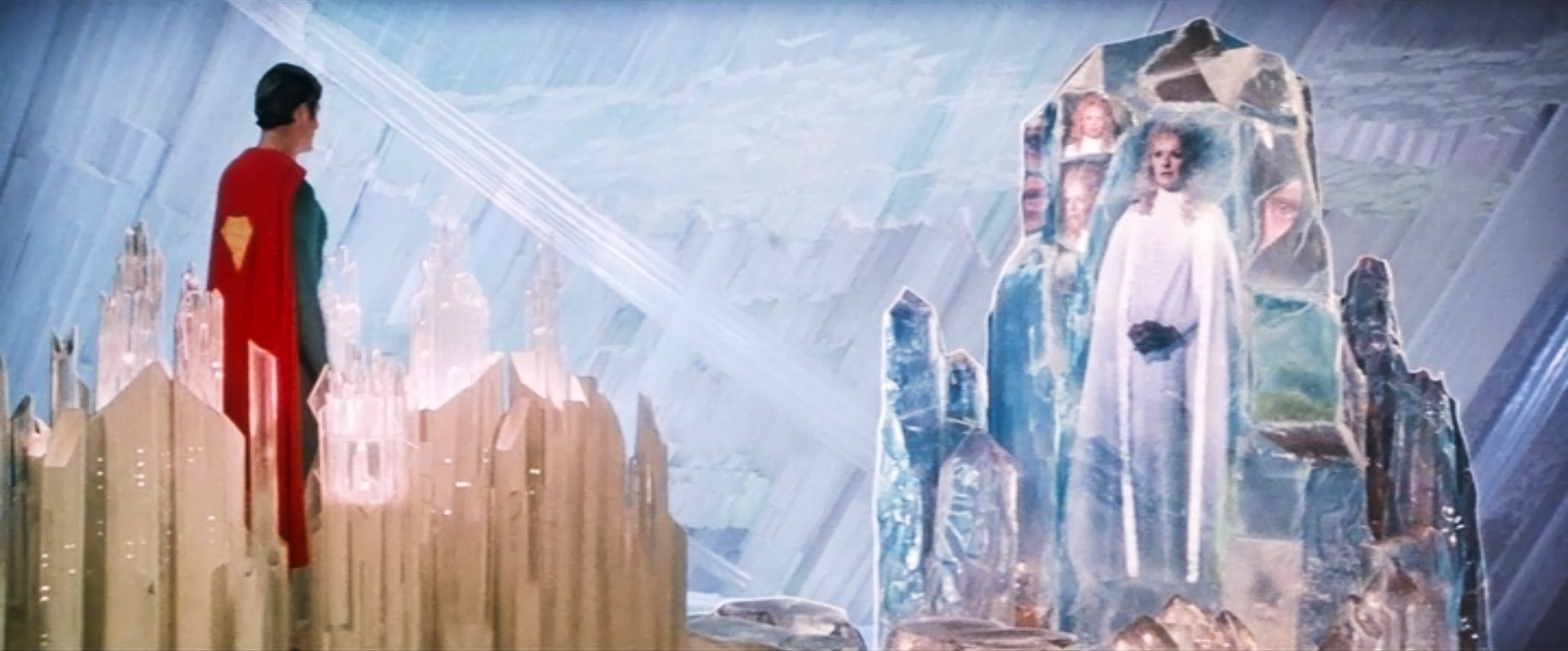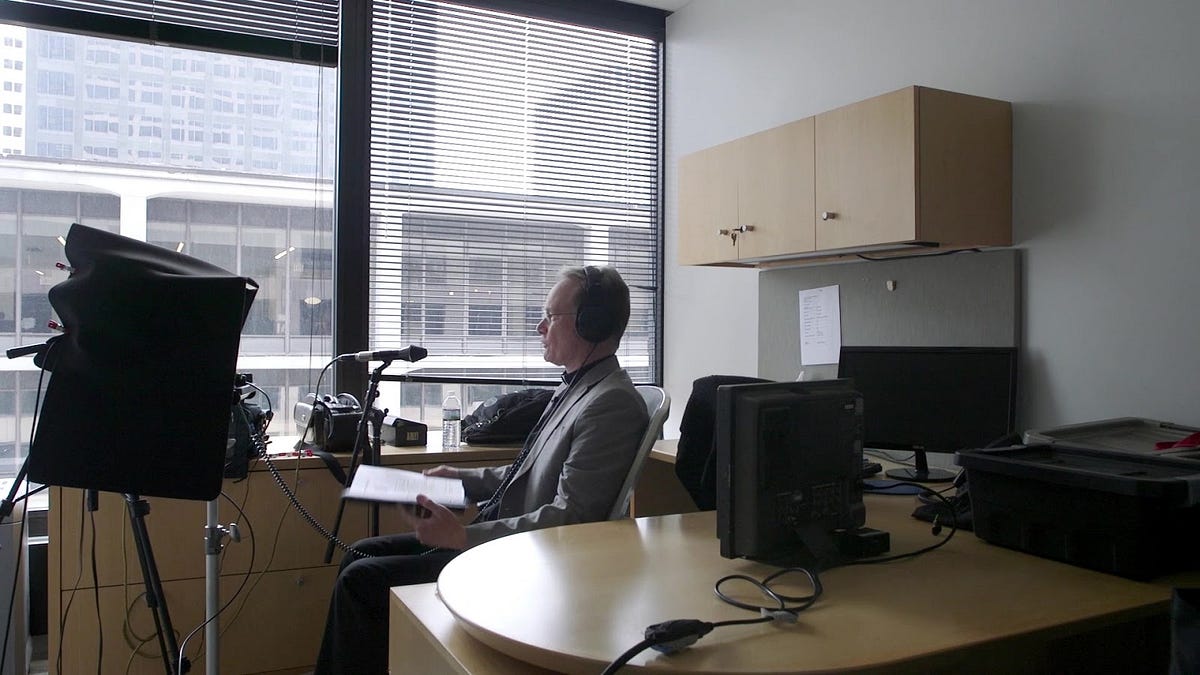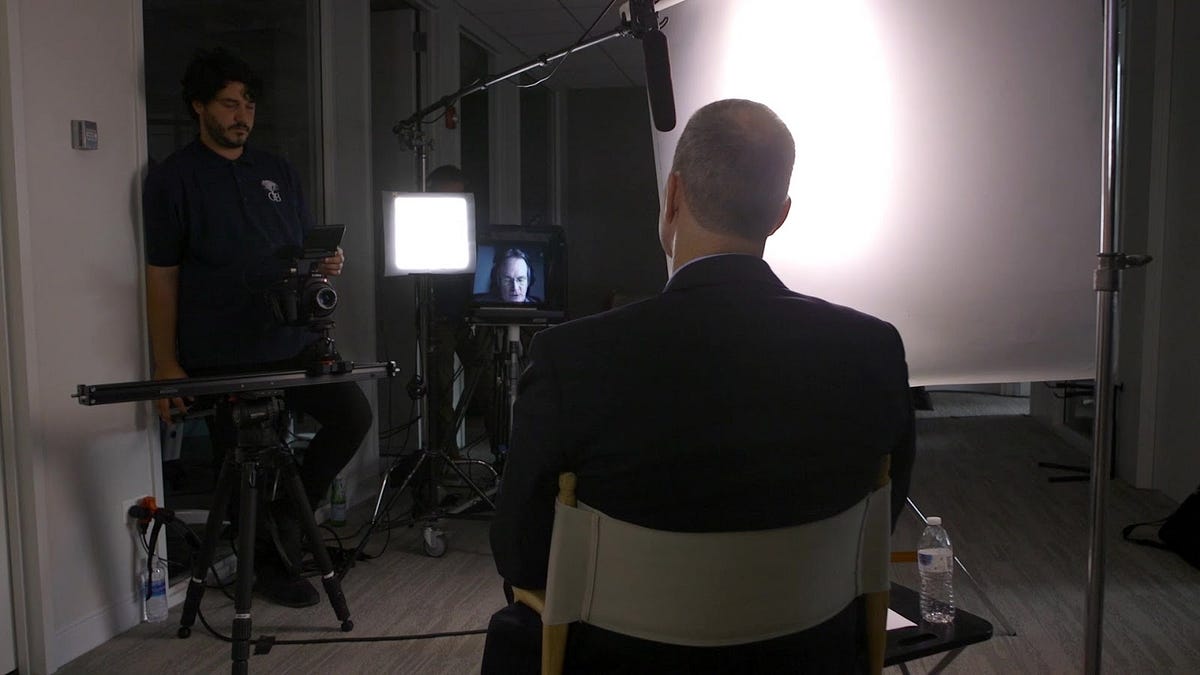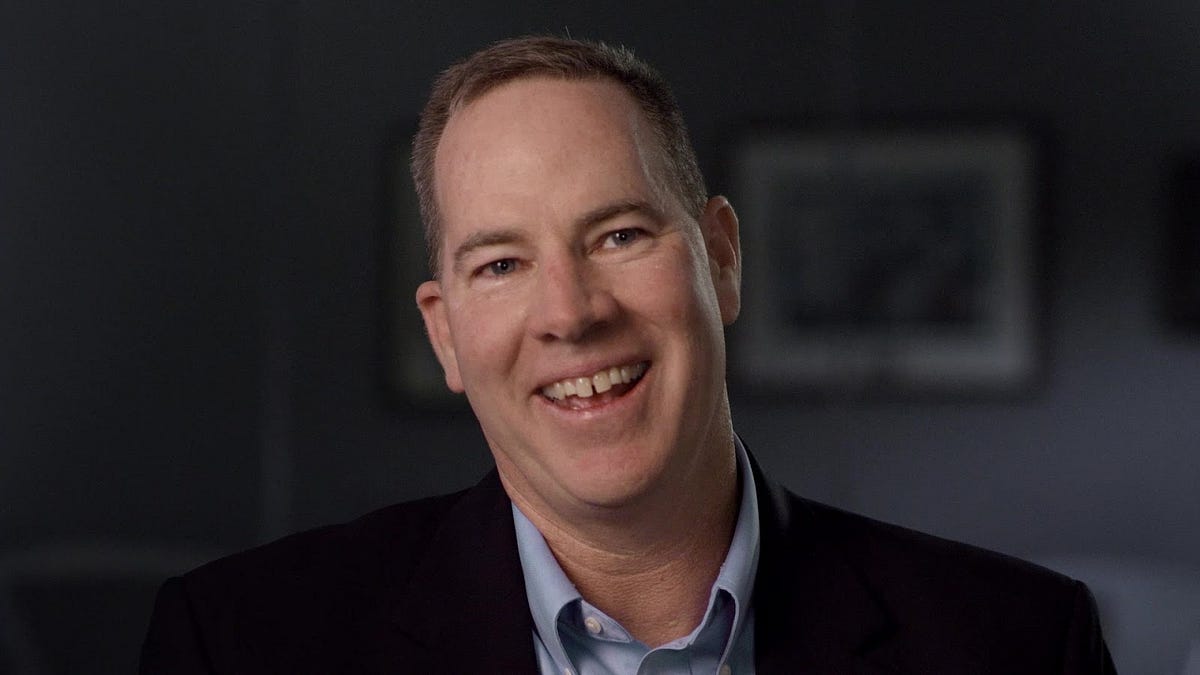The McGowan Legacy Project: A Case Study
The Fortress of Solitude isn’t just the title of a Jonathan Lethem novel. Originally it was Superman’s secret hideout, a piece of his home planet Krypton on earth, where he could go to remind himself of his true identity. It can also be an instructive tool for succession planning in family philanthropy.
In Richard Donner’s 1978 film Superman, a young Clark Kent travels to the arctic wastes at the north pole, and deposits in the ice there a crystal that accompanied him on his journey from the planet Krypton. A fortress grows from this crystal, and inside the fortress Clark discovers a library of knowledge — holographic films of his parents detailing the legacy of his family and of his home planet Krypton. Clark studies these films, and uses the knowledge they contain to learn about himself, complete his education, and become Superman.

While the Fortress of Solitude is a fictional place used by a comic-book superhero, the notion of capturing a family legacy in an easily-transmittable form that can be shared from generation to generation is a very real and tangible goal that can be achieved by almost any organization. Moreover, the notion may even be an apt metaphor for some of the most important precepts of family philanthropy— legacy, continuity, and a vision for change in the world.
The McGowan Legacy Project
Indeed, the Fortress of Solitude was the first thing that sprang to mind when, in January of 2017, the leadership of the William G. McGowan Fund reached out to us with a request: could we help them document and transmit the wisdom, knowledge and expertise possessed by the fund’s current board of directors in a form that would be accessible to future board members. A tall order, by any stretch. Recent statistics indicate that almost 50% of family foundations report succession as their biggest challenge, and a silver bullet to solve such a complex problem in a comprehensive manner might be difficult to achieve — even if we’d had the benefit of Kryptonian holograms or crystals that grow into fortresses!
Nevertheless, we gave it some thought, and with many subsequent conversations with our clients at the McGowan Fund, we arrived at a solution that we came to call the McGowan Legacy Project. During discussions with the fund’s leaders, we identified several areas of inquiry pertaining to the work of the board that would be relevant to new board members stepping into their duties for the first time. Among these areas were the board’s biggest challenges and successes, including the transition from one leadership regime to the next, how board members work through conflicts and balance their responsibilities as board members with being related to one another (not always easy!), as well as the nitty gritty details of their fiduciary responsibilities, their vision of the future, and their experiences working with (and sometimes being!) outside trustees.
To synthesize these questions, and to contain the answers to them in an accessible form, we chose to create a series of four short films, each roughly five minutes, in which we would interview the board members and capture their feedback on camera. Portions of each interview would then be combined with portions of the other interviews to form a “chorus-of-voices” short film, in which each board member would weigh in on the topic or topics of focus.
We divided the films into four broad topics, A 25-Year Evolution, capturing an overview of how the fund has evolved over time, A Family Board, focuses on how board members manage their family relationships as well as integrating input from outside (non-family) trustees, A Guiding Legacy looks at how the fund’s original benefactor William G. McGowan and the founding generation of the fund set a course which guides decision-making even today, and the fourth and final piece, Continued Evolution, gives the board members a chance to share their thoughts on where the future of the fund may lie.
Bringing the Project to Life: Planning and Pre-Production
As with any complex documentary film project, the process began with a pre-production phase, in which we honed in on the questions we planned to ask each board member, and a scripting phase in which we imagined what and where in each film we might want to hear from each board member. Getting everything down on paper was a lengthy process, but it made it that much easier for us to communicate with our client how we envisioned The Legacy Project coming to life, and gave them a sense of confidence that we weren’t simply embarking on a fishing expedition looking for answers that we might not find.
Enlisting Expert Assistance
We also proposed the idea of enlisting the help of one of the newer members of the board, Father Kevin Fitzgerald, who had been affiliated with the organization for many years, but was only this year becoming an official trustee. Our theory was that having someone familiar to the board conduct several of the interviews might help to elicit more candid responses to certain sensitive lines of inquiry than an outside interviewer might. Father Kevin and the fund leadership were open to the idea, and we agreed to try it.
On the Shoot
We shot fourteen interviews over the course of three days, during the fund’s summer board meeting, with members shuttling back and forth to our interview studio between sessions throughout the course of their meeting. We used a device called an Interrotron (a name coined by documentary filmmaker Errol Morris, who pioneered the technique), which is a clever rigging of two cameras and teleprompters together which makes it so that the interviewer and interviewee can see each other on the screen of each teleprompter. It’s essentially the same idea as FaceTime on your phone, except that instead of looking “up” at the tiny camera above the screen, the screen itself becomes the camera (hidden behind a two-way mirror) to create the illusion of eye-contact between the subject and the audience.



Post-Production
With the interviews in the can by the end of July, we set to work editing the films for a release date in early November. After some discussion, we agreed that the easiest way for our clients to handle reviews of each piece was to treat them as parts of a greater whole. So rather than embark on independent review cycles for each piece, we cut all four of them simultaneously and then reviewed them together, which made it easier to identify overlap and missing areas that needed to be covered. In addition to the interviews, we added archival photos and video clips from news reports and some older documentaries that had been produced about the founders of the fund.
Once we’d pulled all of the materials together and shaped the interview narrative for each short, we were pretty close to a finished product. With a sound mix and color pass, we were able to make sure that everything balanced out nicely. We converted our studio into a color lab for a day, bringing in calibrated monitors and a mobile DaVinci Resolve rig to finish everything to a broadcast standard.
At last the films were done, and we delivered them to our clients at the McGowan fund in time for their annual Symposium at the beginning of November.
Outcomes and Results
Why do all of this? Did these films actually translate into success for our clients, the McGowan fund, and by extension, their existing and prospective board members? Did these films fulfill their purpose, and serve as a kind of ‘Fortress of Solitude’ for the McGowan fund and the fund’s trustees?
The answer to those questions will play out over the course of years as the fund puts the films to use, sharing them with new and prospective board members, and looking to the wisdom of the current board, captured in these films, for solutions to the problems of the future. Part oral history, part branding exercise, part documentary, part internal-cheerleading tool, the McGowan Legacy Project represents an approach to storytelling that uses technology to capture the knowledge and wisdom of leadership and transmit it to the next generation in an accessible and emotionally resonant way. By approaching the video series as an invitation to dialogue rather than a presentation, and structuring the process as a conversation rather than a series of bullet-points to hit, we were able to craft a ‘film-document’ that is both informative and engaging, instructive and accessible.
The success of the McGowan Legacy Project over the longterm will be a testament to the forward-looking and proactive leadership of the McGowan fund’s executive director and board leadership, who recognized the value of the knowledge possessed by the current generation of board members, and made an active effort to document that expertise. As board members move on and pass the torch to the next generation, retaining the expertise and knowledge they have accrued becomes a valuable asset to the fund itself, and finding ways to extend the longevity of that asset becomes a necessary function of responsible leadership, helping to smooth the transition to new generations of leaders.
Crafting content that keys in on emotion and not just information delivery is critical to landing the message you’re trying to send. Whether you’re aiming to educate the next Superman, or simply introducing a new generation of trustees to the work of a family foundation, landing your message can be as much about how that message is structured and presented as much as it is about what you are trying to say. Not every piece of content can or should be the next viral hit, zooming across the internet and racking up millions and millions of views. Sometimes the only audience that matters is an audience of one or two. But regardless of the size of the audience, the impact your story can make should never be underestimated. By bringing to bear all of the emotional tools available to us through filmmaking, we can ensure that the messages we send land with enough emotional punch to be remembered and carried forward for a long time to come.
At TimeTravlr Creative we know that Great Stories Change Lives. What do you think? Can the Fortress of Solitude provide other lessons for philanthropy? Please share your thoughts with us here.